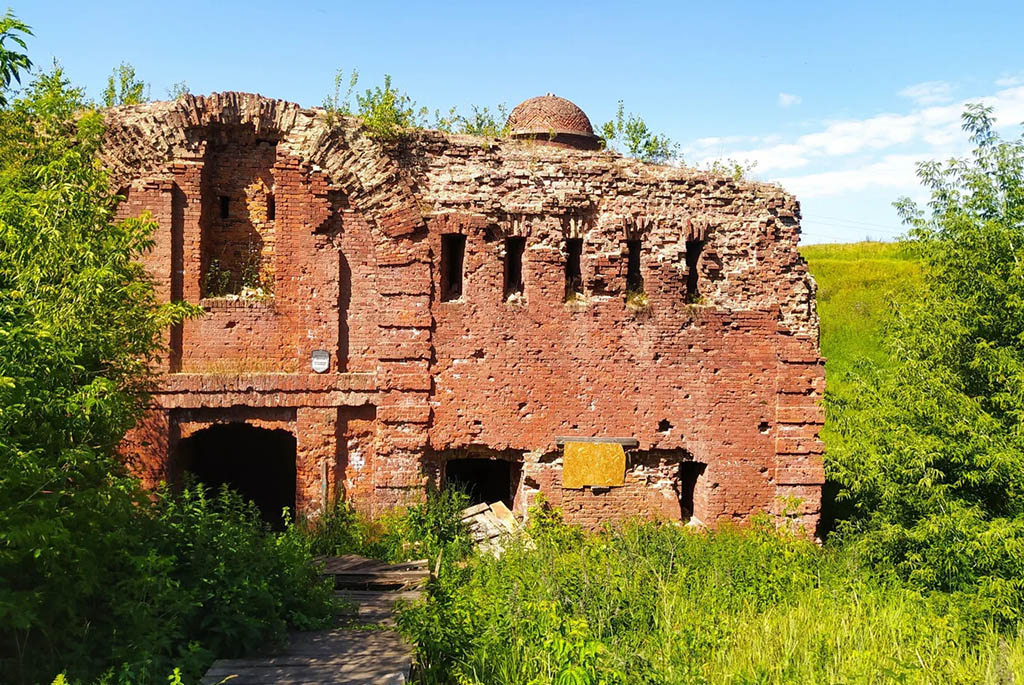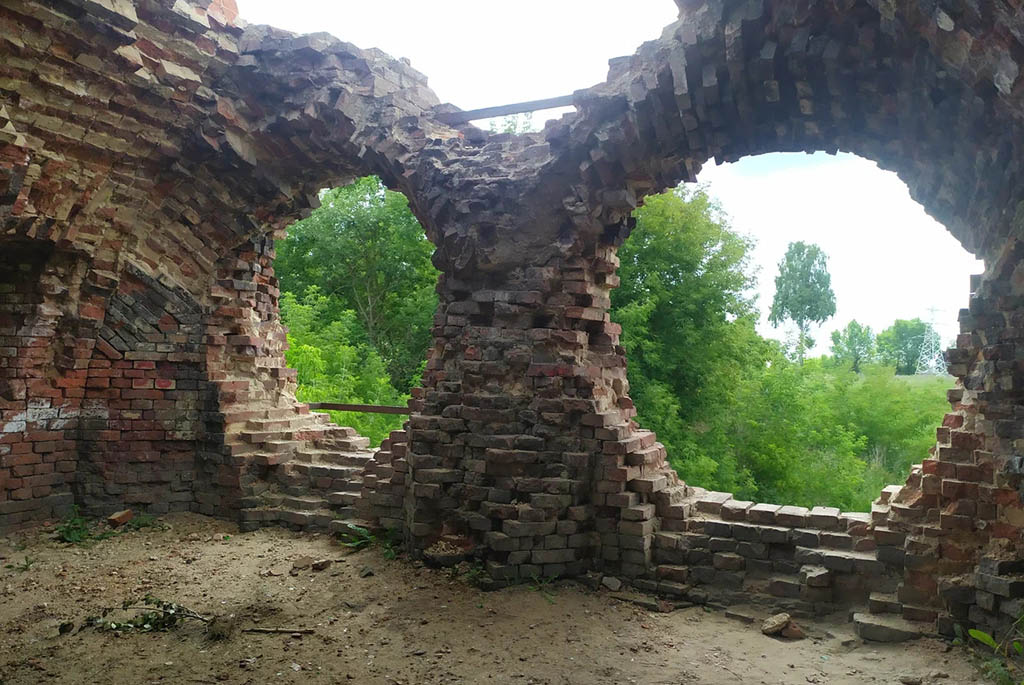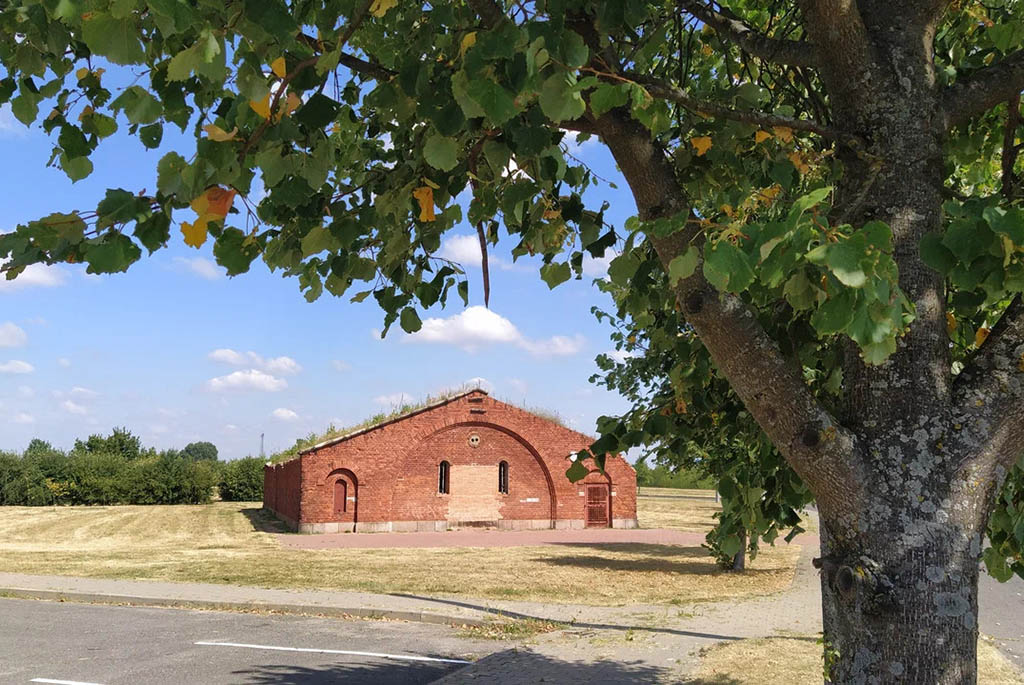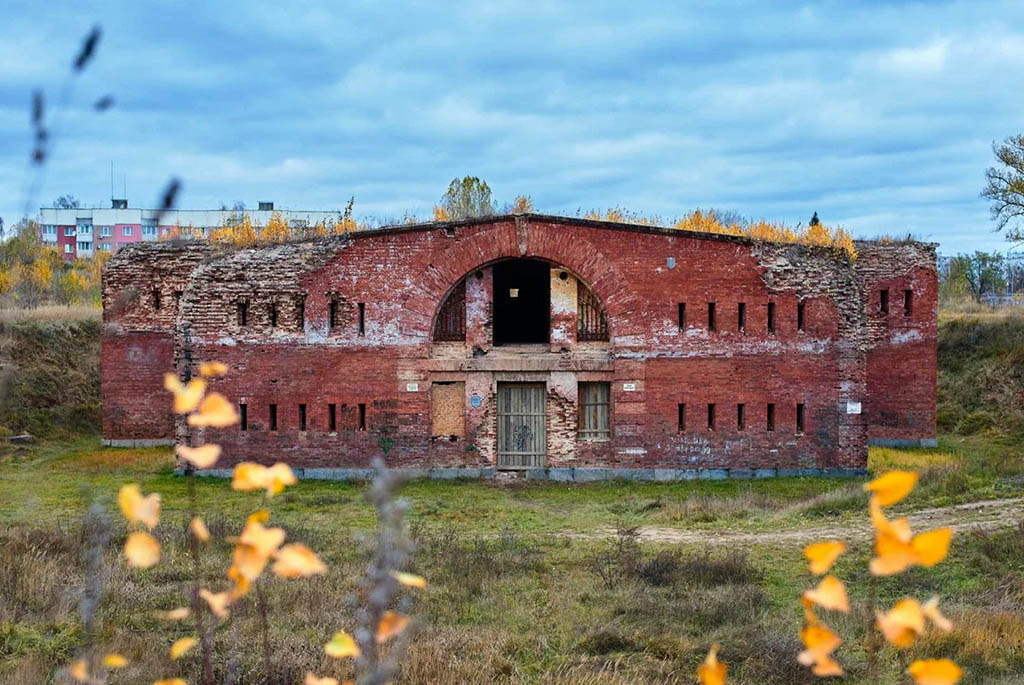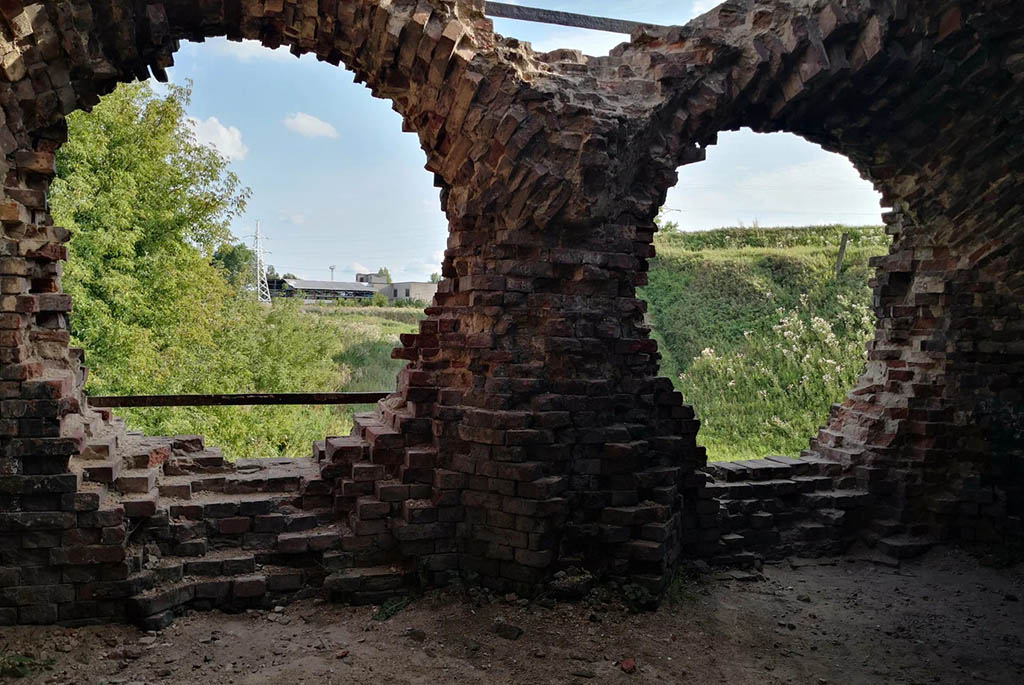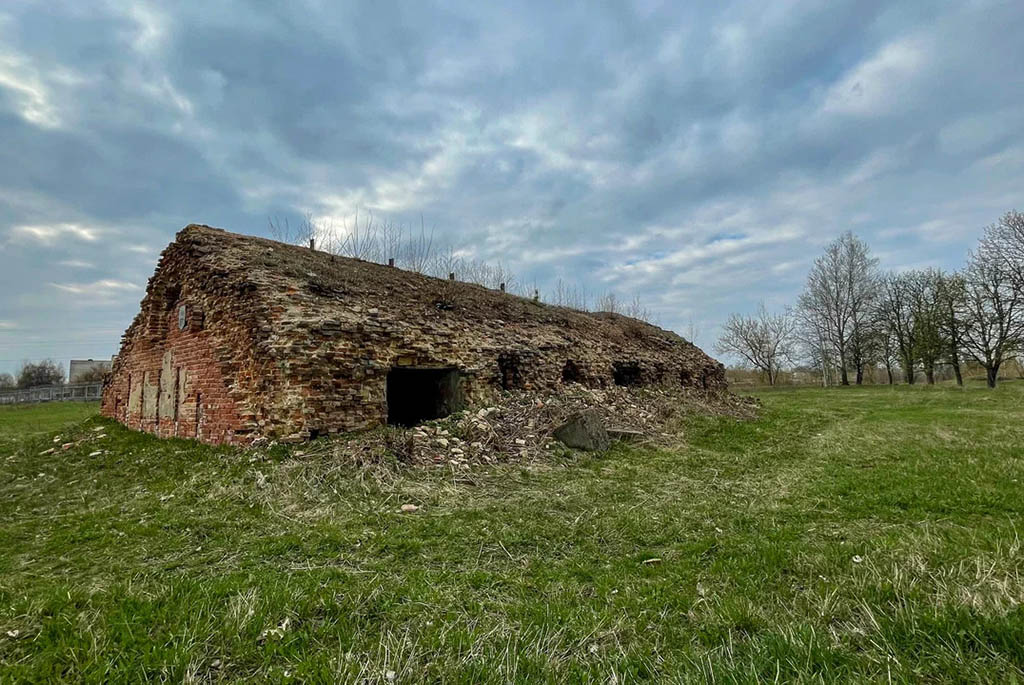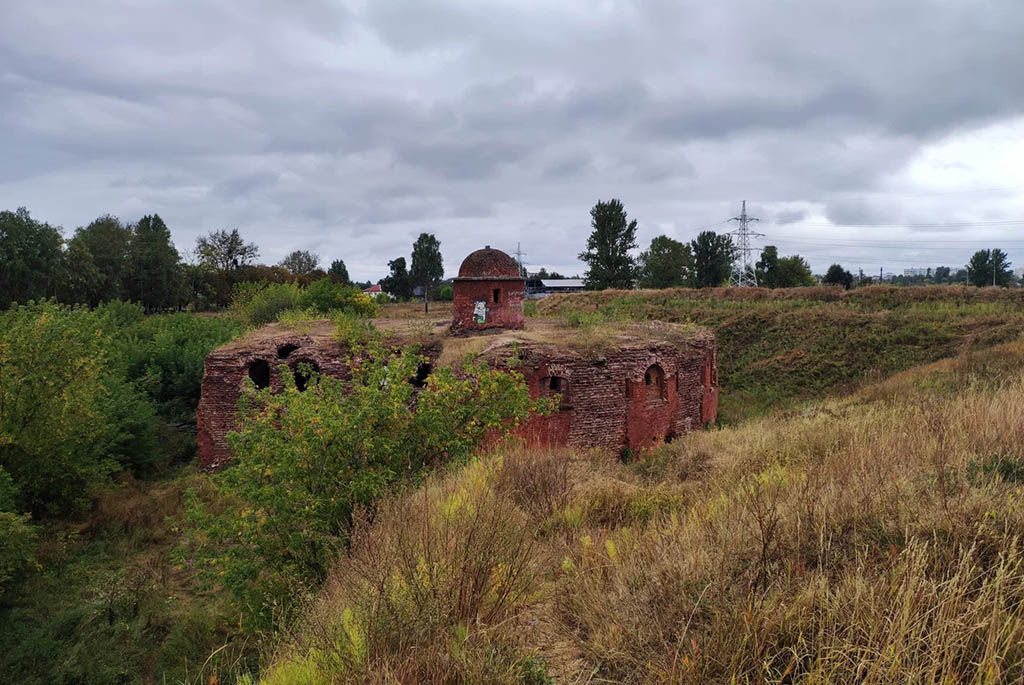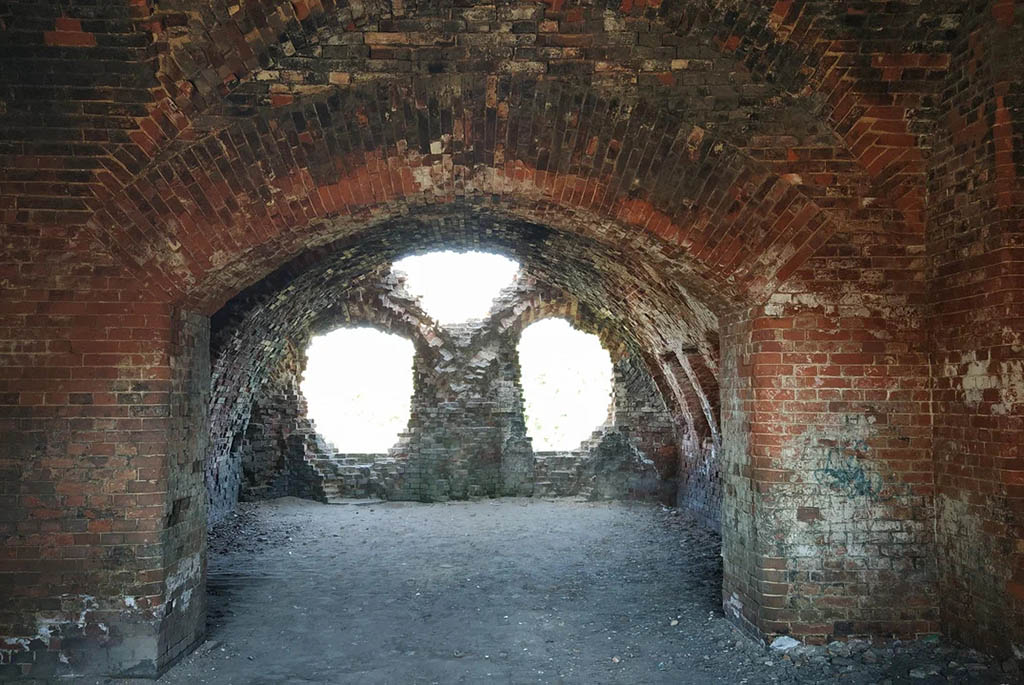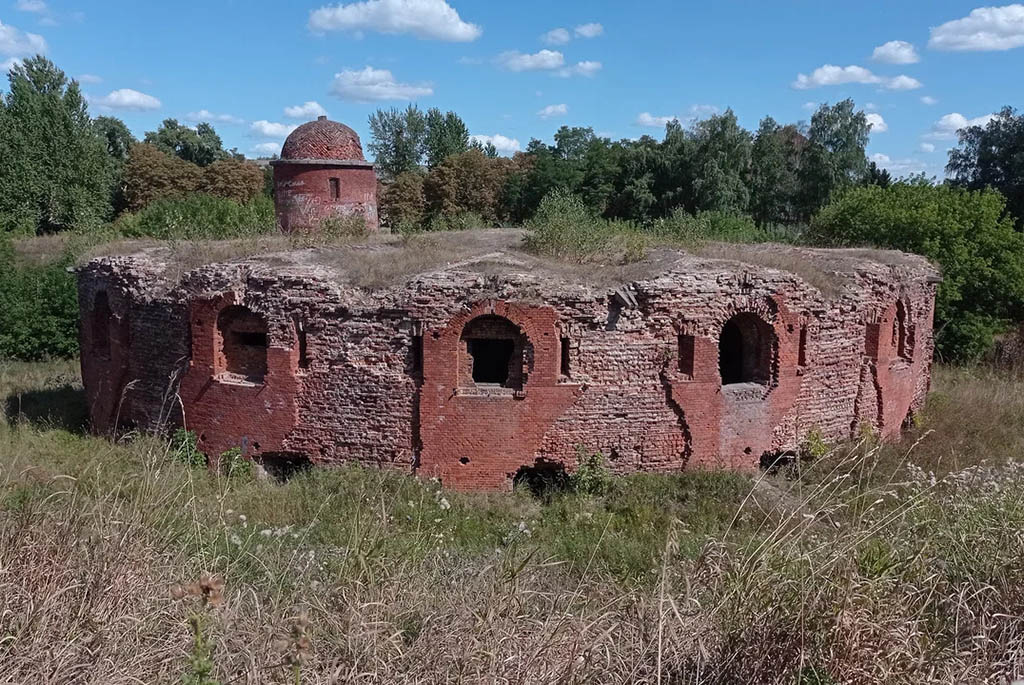It was built on the banks of the Berezina River in the first half of the 19th century to protect the western borders of the Russian Empire. At that time, a conflict between Russia and France was brewing, so the Minister of War, Barclay de Tolly, suggested to Emperor Alexander I to prepare for a possible attack by constructing new defensive fortifications between Kiev and Riga.
Construction of the fortress began in 1810. To do this, a large part of the city's buildings had to be demolished, and the residents relocated outside the fortress perimeter. The works were overseen by the Belarusian military engineer Teodor Narbut and Major General of the Russian army, Karl Opperman. The citadel was constructed by soldiers and serf peasants over two years. The structure was a polygon, enclosed by an earthen rampart on the river side. The defense line consisted of eight brick bastions with embrasures and vaulted ceilings.
The Bobruisk Fortress covered almost 120 hectares and was considered one of the largest and most powerful fortifications in Europe at the time. It withstood the onslaught of Napoleon's troops in 1812 and resisted a four-month siege by the French military.
After the war with Napoleon ended, the fortification complex was supplemented with towers and bastions. Wooden houses within the complex were replaced with stone ones, and several tunnels were dug underground for evacuation if necessary.
After the Decembrist uprising, the Bobruisk citadel became a prison, housing political prisoners, including participants in the uprising of the 1830s. The prison cells of the fortress had a notorious reputation. They were so uncomfortable that a person couldn't lie, sit, or stand inside them, which over time caused the prisoner to lose their sanity.
By the second half of the 19th century, the fortress in Bobruisk began to lose its defensive significance. Its walls housed a warehouse, and the military status of the structure was abolished.
Bobruisk fortress in the XX-XXI centuries
At the beginning of the twentieth century, during the Soviet-Polish war, the Bobruisk Fortress was used by the Poles as a prisoner of war camp. During the Great Patriotic War, it housed a German concentration camp. In November 1941, the Nazis executed nearly 7,000 people within the fortress grounds and set the barracks on fire. In less than a year, by August 1942, almost 40,000 people had been killed here.
After the war, due to significant damage, the Bobruisk citadel was removed from the list of state architectural monuments. The fortress gradually fell into ruins. By the beginning of the 21st century, less than half of the once-grand fortification remained. Among them were the inner fortifications, the Karl Opperman tower, barracks, and some utility rooms. In 2002, the Bobruisk Fortress was added to the list of historical and cultural values, and parts of it were restored.
Today, the structure is a popular tourist attraction where one can see remnants of bastions with casemates, warehouses, and fortress redoubts. Visitors can enter rooms with vaulted ceilings, climb a spiral staircase to an observation tower, and touch the mighty brick walls built almost 200 years ago. Tours are offered, telling the history of Bobruisk as well as the secrets and legends of the fortress itself. The fortress is located in the eastern part of the city, not far from the "Berezina" railway station. Regular trains and buses run from Minsk to Bobruisk.

